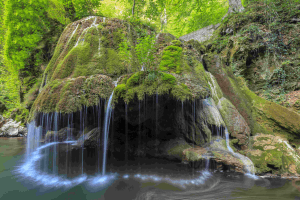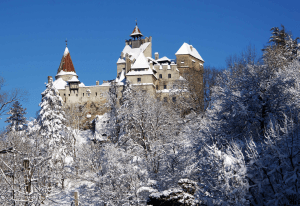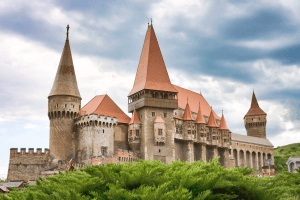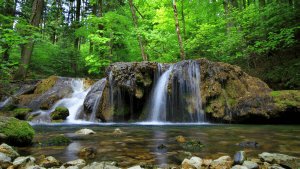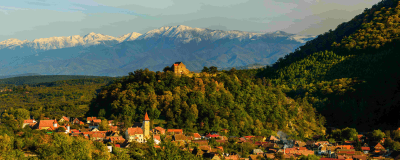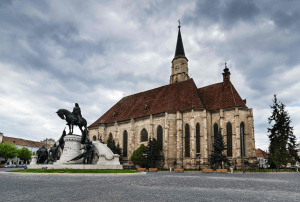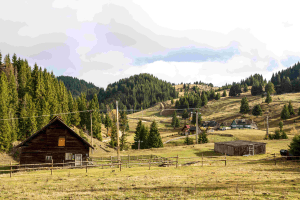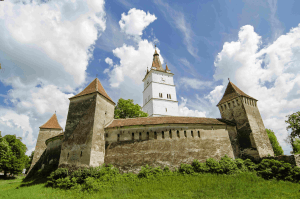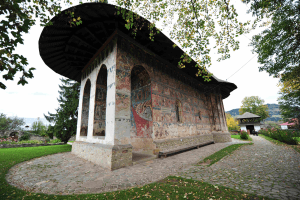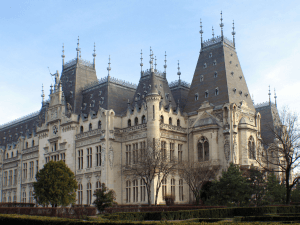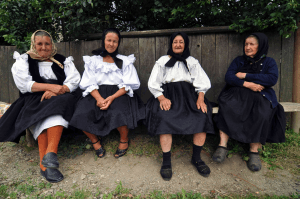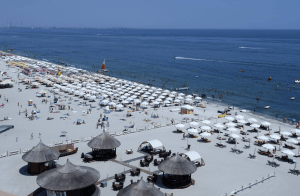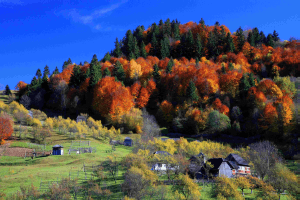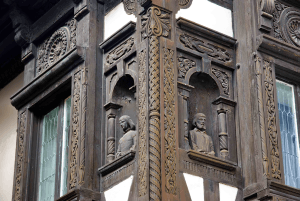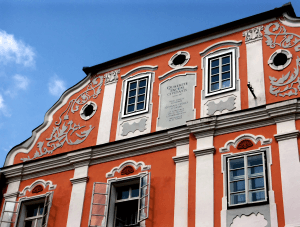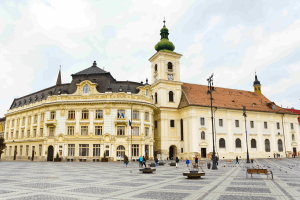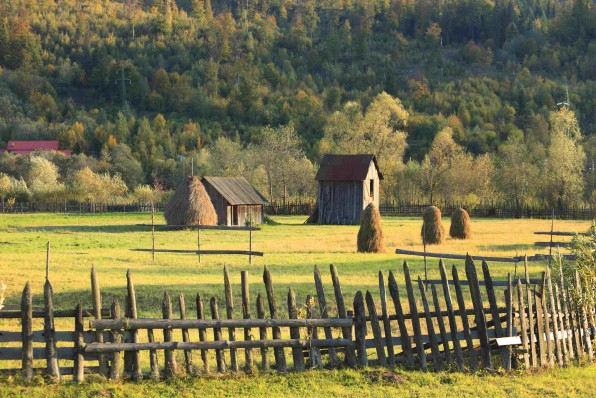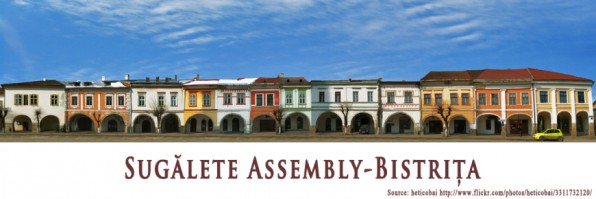Bistrița Fortress (XVth – XVIth century) with the remaining Coopers Tower and some fragments of the walls
- Sugălete – a complex of 13 buildings dating from the XVth and XVIth century, typical for the Transylvanian Renaissance construction style. The Sugălete assembly consist of several tiered buildings, connected through spacious entrances forming a 20 arch gallery, sustained on 21 pillars.
- The Silversmith’s House – architectural building from the beginning of the Renaissance period.
- The House of Ion Zidaru (John the Stonemason), Johannes Lapicida House – a Renaissance building, the oldest building in Bistrița
- Palace of Culture
- “Liviu Rebreanu” High School (College)
- Evangelical Church, built initially in a Romanic style, extended in the second half of the XIVth century in Gothic style
- “Presentation of the Blessed Virgin Mary” Church – former church of the Minoritan monastery, turned in the XIXth century into a Greek-Catholic church, early Gothic style (1270-1280), influences by the Cistercians.
- The Orthodox Cathedral
- The Roman-Catholic Church
- The Synagogue






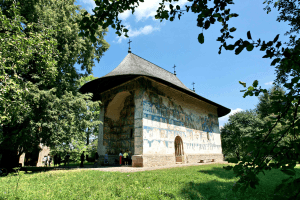
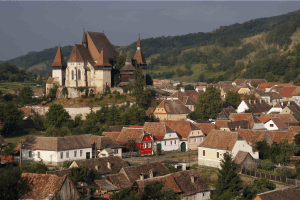
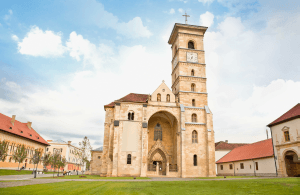
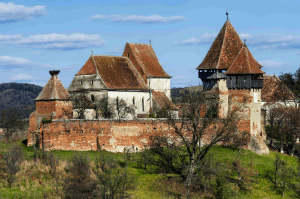
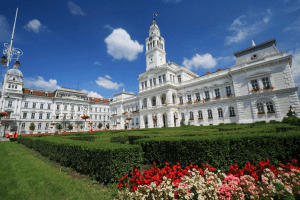
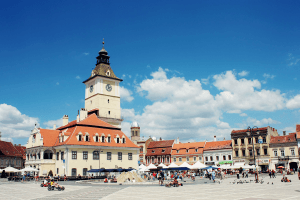
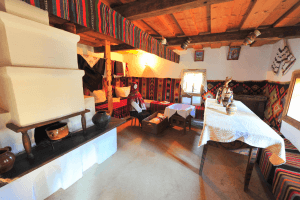
.png)
